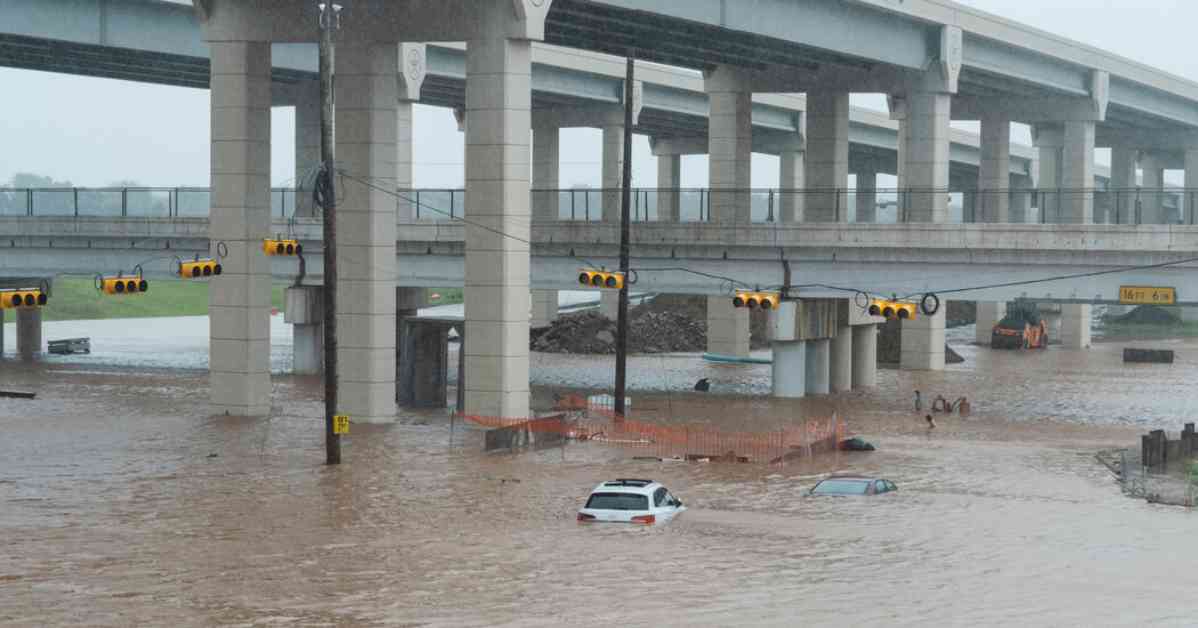Tropical Storm Beryl caused extensive damage in Houston, leaving a trail of destruction and claiming the lives of at least four individuals. The storm, initially a Category 1 hurricane, made landfall in Houston and severely impacted the city, resulting in widespread power outages affecting over two million customers in Texas.
Despite being downgraded to a tropical storm, Beryl unleashed significant devastation as it moved through the region. Local authorities issued tornado warnings in East Texas, Louisiana, and Arkansas as the storm continued its path northward. The storm’s impact was felt across the area, with abandoned cars submerged in floodwaters in Sugar Land, Texas, a stark reminder of the storm’s force.
Officials cautioned residents to remain indoors and away from windows as the storm passed through, likening the conditions to those of an approaching tornado. The center of the storm passed just west of Houston, subjecting the city to some of the most severe weather conditions as Beryl moved through.
Following the storm’s passage, residents emerged to a scene of destruction, with downed power lines, damaged homes, fallen trees, and flooded streets. The city’s airports remained closed due to strong winds, further complicating recovery efforts in the area.
Houstonians are no strangers to severe weather and power outages, but the unexpected intensity of Beryl served as a grim reminder of the unpredictable nature of hurricanes. The storm originated as a powerful system in the Caribbean, foreshadowing a potentially active hurricane season ahead.
The aftermath of Tropical Storm Beryl serves as a sobering reminder of the destructive power of natural disasters and the importance of preparedness in the face of such events. As residents begin the process of assessing and rebuilding in the wake of the storm, the resilience of the community will be put to the test once again.




